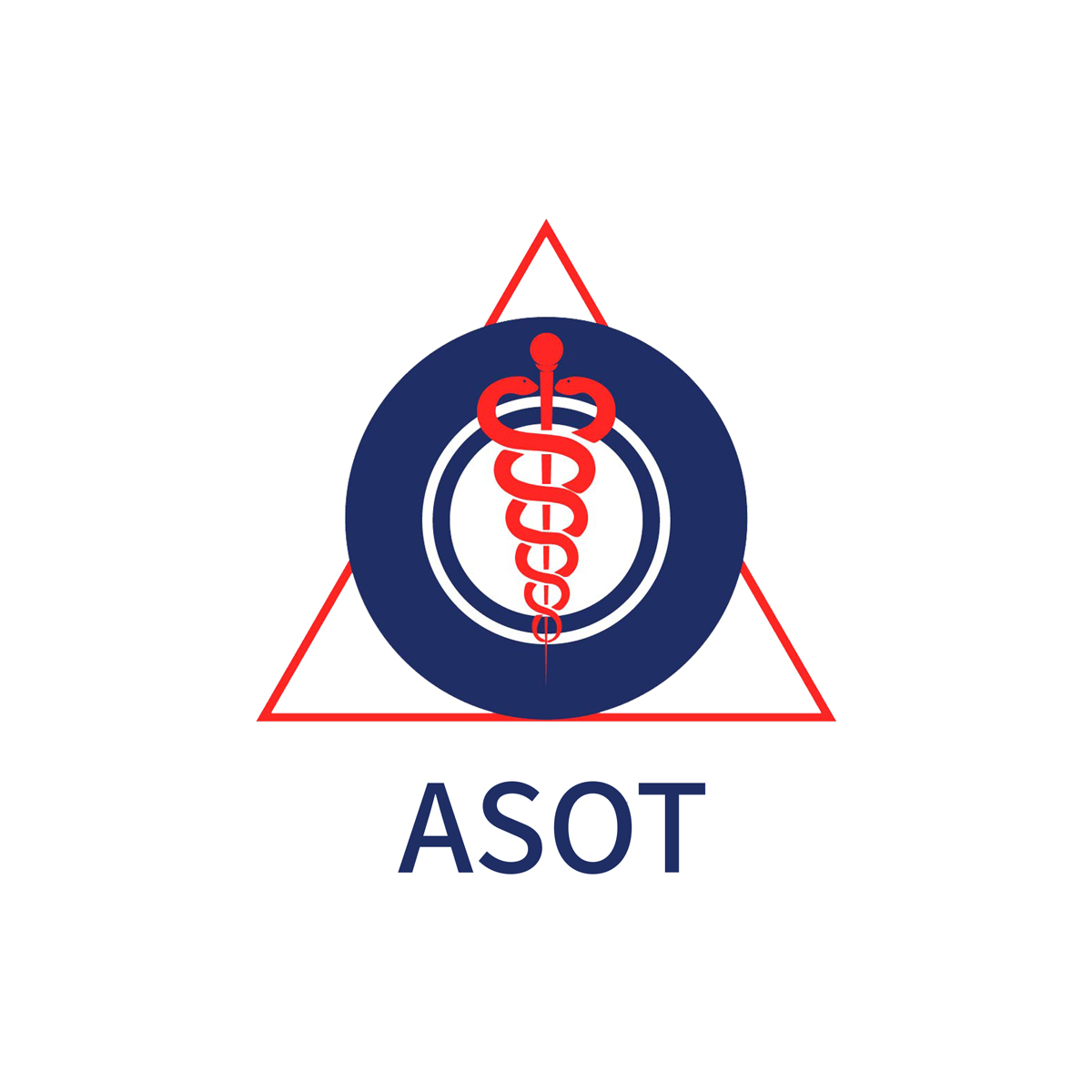Orbital trauma with globe luxation requiring manual reduction: a case report
Main Article Content
Abstract
Introduction
Globe luxation is a rare entity in which there is prolapse of the globe from the orbit. Trauma is the most common cause for luxation of the globe. Traumatic globe luxation has been associated with high velocity direct or indirect trauma to the head and neck region. This phenomenon can result in pain, vision loss, and exposure keratopathy among other complications. Immediate globe repositioning has been the treatment of choice in achieving good anatomical results.
Report
We report a case of a 28-year-old man presented with no-light-perception visual acuity in the right eye, sustained multiple bilateral facial fractures, right greater than left retrobulbar hematoma with subsequent rise in intraocular pressure requiring right lateral canthotomy cantholysis with subsequent intraocular pressure of 25 mm Hg, and finally a right globe luxation with near complete extraocular muscle motility restriction and exposure keratopathy. This case required manual reduction using Desmarres lid retractors and gentle pressure over the globe, but despite successful repositioning with multiple attempts at manual reduction the globe did not stay in the orbit. Therefore, a temporary lateral tarsorrhaphy was performed to maintain the globe repositioning while also protecting the cornea from further exposure keratopathy. Six weeks following management the globe appearance improved with decreased injection and healed cornea, however motility remained restricted, and visual acuity remained no light perception.
Conclusion
Traumatic luxation of the globe can present a challenging case and can be associated with multiple complications requiring different levels of treatment; furthermore, in challenging cases such as this one, lateral tarsorrhaphy in addition to manual globe repositioning may be required to prevent recurrence of globe luxation. Though urgent reduction of the globe may not always salvage visual function, it can result in a better cosmetic and physiological outcome.
Downloads
Article Details

This work is licensed under a Creative Commons Attribution-NonCommercial-NoDerivatives 4.0 International License.
